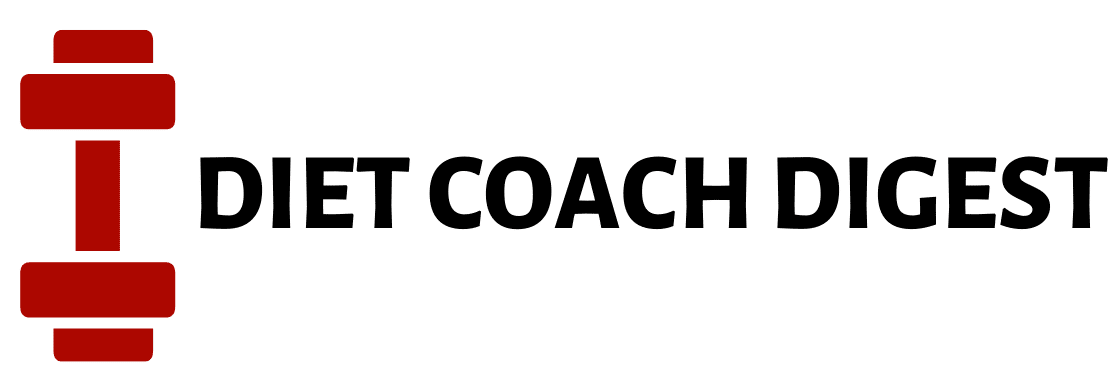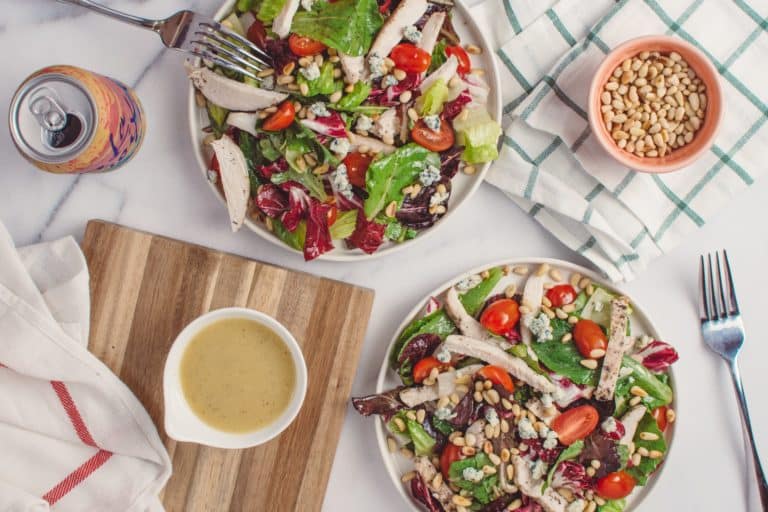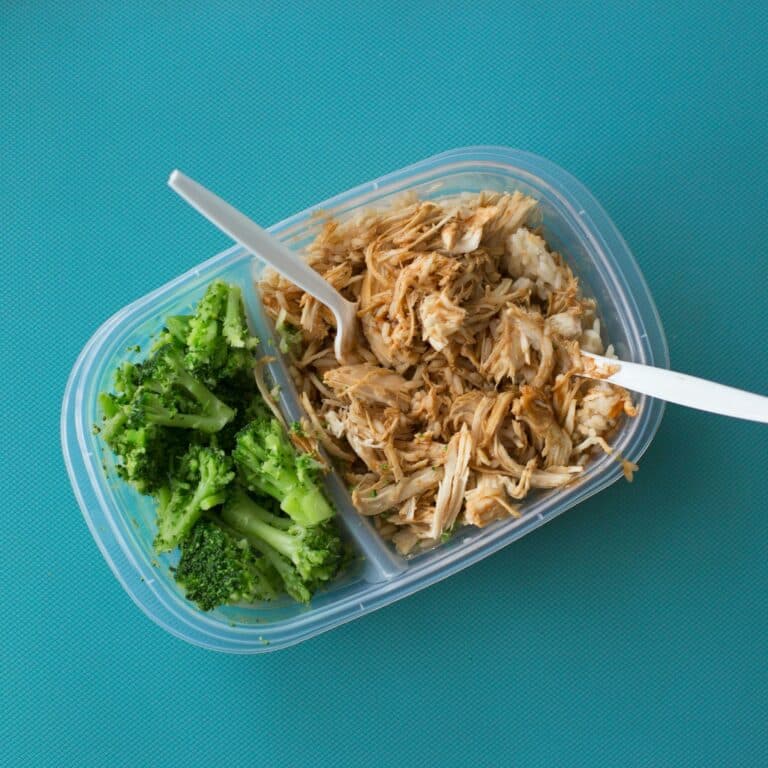How to Crush Cravings and Stay On Track with Your Diet

- Should You Train To Muscle Failure Every Set? What You Need To Know - March 4, 2025
- Nutrition in a Hurry: Top Post-Workout Snacks for Active People - February 20, 2025
- 15 Healthy Meal Prep Recipes: Your Weight Loss Made Easy - February 18, 2025
Hey there! Welcome to “How to Crush Cravings and Stay On Track with Your Diet.” This guide is your handy companion in the journey to master those snack-time temptations and maintain your dietary goals with ease. You’ll discover practical tips and tricks that blend seamlessly into your daily routine, making it simpler to choose healthy options over-indulgent cravings. Get ready to empower yourself with strategies that keep you feeling satisfied and motivated, all while sticking to your nutrition plan. Let’s dive in and start crushing those cravings together! Have you ever found yourself struggling to stay on track with your diet because of those pesky cravings? Whether it’s the mid-afternoon yearning for something sweet or the midnight hunger pangs for something salty, we’ve all been there. Our cravings can sometimes feel overpowering, sabotaging our best intentions to stay healthy. But don’t worry—you’re not alone, and there’s hope! This article, “How to Crush Cravings and Stay On Track with Your Diet,” is here to guide you through the process of overcoming these frustrating obstacles.
Understanding Cravings
What Are Cravings?
Cravings are a strong desire for a specific type of food. They often stem from both physiological and psychological factors. While it’s normal to experience cravings, how you handle them can make a significant impact on your diet and overall health.
The Science Behind Cravings
To effectively combat cravings, it’s helpful to understand why they happen. Cravings can be due to various reasons such as hormonal changes, emotional stress, or simply a physiological need for specific nutrients. Sometimes, your body is signaling a requirement for quick energy or a deficiency in certain nutrients. Knowing the cause can help you address it more effectively.
The Types of Cravings
Not all cravings are created equal. Some may be for sugary foods, while others might be for salty, fatty, or even crunchy snacks. Categorizing your cravings can help you better understand and tackle them.
| Type of Craving | Common Foods | Possible Causes |
|---|---|---|
| Sugary | Candy, cake | Blood sugar imbalances, emotional comfort-seeking |
| Salty | Chips, pretzels | Dehydration, electrolyte imbalances |
| Fatty | Fried food, cheese | Hormonal changes, lack of healthy fats in diet |
| Crunchy | Crackers, nuts | Stress relief, need for oral stimulation |
Tips to Crush Cravings
Stay Hydrated
One of the simplest yet most effective ways to manage cravings is to stay adequately hydrated. Sometimes, what you perceive as a food craving might actually be thirst.
Balanced Meals
Ensure each meal contains a good balance of macronutrients: proteins, fats, and carbohydrates. This can stabilize blood sugar levels, reducing the likelihood of sudden cravings.
Healthy Snacks
Keep healthy snacks handy. When hunger strikes and you’re unprepared, it’s easy to reach for unhealthy options. Stock your pantry and office drawer with options like nuts, fruits, and yogurt.
Mindful Eating
Practicing mindfulness can significantly help in controlling cravings. Before giving in to a craving, take a moment to assess whether you’re really hungry or if it’s just a passing desire.

Long-term Strategies
Meal Planning
Planning your meals can go a long way in preventing cravings. Knowing what and when you’re going to eat can reduce the likelihood of impulsive eating.
Regular Exercise
Engaging in regular physical activity can help regulate your appetite and reduce stress levels, both of which can minimize cravings.
Mindful Practices
Mindfulness isn’t just about eating. Incorporate mindful practices like meditation and yoga into your daily routine to help manage the emotional triggers that may cause cravings.
Avoiding Trigger Foods
If you know certain foods trigger your cravings, it’s best to keep them out of your home and workplace. Out of sight, out of mind!
Behavioral Approaches
Reward System
Set up a reward system to incentivize sticking to your diet. Reward yourself with something non-food-related to successfully manage your cravings for a week or a month.
Support System
Having a support system can be incredibly beneficial in managing cravings. Whether it’s friends, family, or a community group, having someone to share your struggles and successes with can be motivating.
Distract Yourself
Sometimes, the best way to deal with a craving is to distract yourself. Engage in a hobby, take a walk, or read a book to take your mind off the craving.

Nutritional Supplements
Magnesium
Magnesium plays a vital role in regulating blood sugar levels and can help reduce cravings. Foods rich in magnesium include nuts, seeds, and leafy greens.
Omega-3 Fatty Acids
Omega-3 fatty acids are beneficial for hormonal health and can help manage cravings. Good sources include fish, flax seeds, and walnuts.
Protein
A protein-rich diet can help keep you full and satisfied, reducing the likelihood of cravings. Incorporate lean meats, beans, and legumes into your meals.
Fiber
Fiber helps maintain stable blood sugar levels and keeps you full longer. Foods high in fiber include vegetables, fruits, and whole grains.
Practical Tips for Specific Cravings
Sugar Cravings
- Opt for fruit instead of candy or cake.
- Drink a glass of water and wait 10 minutes to see if the craving passes.
- Have a small piece of dark chocolate if you must indulge.
Salt Cravings
- Choose unsalted nuts or seeds.
- Drink a glass of water; sometimes salt cravings are due to dehydration.
- Opt for low-sodium versions of your favorite snacks.
Fatty Food Cravings
- Eat a handful of nuts or avocado slices.
- Make a smoothie with healthy fats like chia seeds and flaxseeds.
- Go for baked rather than fried options.
Crunchy Food Cravings
- Try raw vegetables like carrots or celery sticks.
- Opt for whole-grain crackers.
- Popcorn is a good alternative if you crave something crunchy and salty.
Psychological and Emotional Factors
Stress Management
Stress is a major trigger for cravings. Find effective ways to manage your stress, such as exercise, meditation, or spending time with loved ones.
Emotional Eating
Sometimes, cravings are less about hunger and more about emotions. Recognize emotional triggers and find healthier ways to cope with your feelings.
Cognitive Behavioral Therapy (CBT)
CBT can be an effective way to manage cravings. This type of therapy helps you identify and change thought patterns that lead to craving and overeating.
The Role of Sleep

Importance of Quality Sleep
Getting enough quality sleep is crucial for managing cravings. Sleep deprivation can affect hormone levels that regulate appetite, leading to increased cravings.
Sleep Hygiene
Maintain good sleep hygiene by sticking to a regular sleep schedule, avoiding screens before bedtime, and creating a comfortable sleeping environment.
Conclusion
Managing and overcoming cravings is a multifaceted process. By understanding the underlying causes of your cravings and implementing the tips and strategies discussed, you can better control your desires and stay on track with your diet. Make mindful choices, practice moderation, and most importantly, be kind to yourself—after all, change takes time.
So, are you ready to crush those cravings and take charge of your diet? With these tools and strategies in your arsenal, you’re well on your way to success. Remember, you have the power to make healthy choices that will lead to a better, more vibrant you.
Table of Contents







